Is TPU Safe or Toxic for Everyday Use?
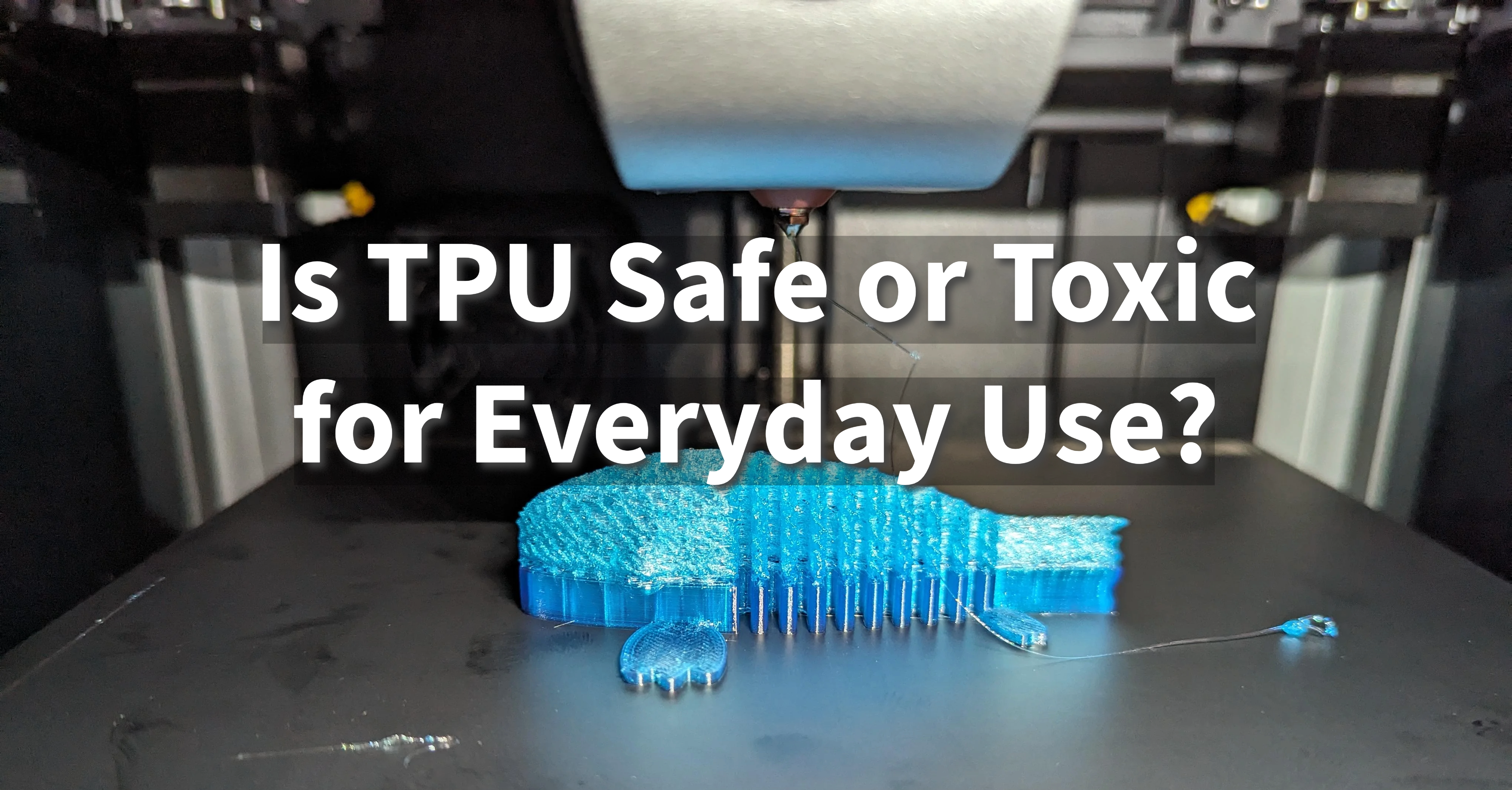
Is TPU toxic? Learn the truth about thermoplastic polyurethane’s safety, environmental impact, and whether it's a safe material for everyday use.
Introduction
TPU Explained and Why is it Used
TPU, or Thermoplastic Polyurethane, is a versatile material that is used widely in 3D printing.
It is a type of plastic that is both tough and flexible. It contains repeating units of polyurethane in its chemical structure. These unique properties allow TPU to be both durable and elastic.
What is TPU?
TPU, which stands for thermoplastic polyurethane, is a type of plastic with some unique properties that make it useful for many applications.
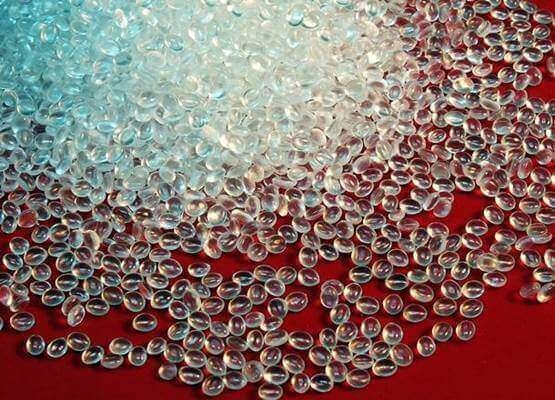
Source: taiwanpu.com
The Chemical Composition of TPU
TPU gets its elasticity from two main raw materials - flexible polyether polymer chains and hard aromatic ring segments.
The flexible portions are derived from polytetramethylene ether glycol (PTMEG), a polyol polymer with repeating -C4H8O- units. This structure yields pliability.
Hard segments within TPU come from diphenylmethane diisocyanate (MDI). MDI contains an inflexible aromatic ring structure that produces rigidity.

Source: researchgate.net
Common Uses
Phone cases: TPU protects phones from drops while allowing operation of buttons and ports.
Shoes: Flexible TPU soles provide cushioning and support in running shoes.
Medical: As a biocompatible material, TPU is used in devices, tubing and wearables that contact skin.
Popularity in 3D Printing
Source: Unionfab
TPU's elastic properties make it ideal for 3D printing custom objects requiring flexibility, resilience and strength. It gives 3D prints cushioning, stretchability and abrasion-resistance valued across many sectors.
Is TPU Toxic?
Chemical Makeup
TPU is made through polymerization of two main elements:
Polyether Polyol: Typically polytetramethylene ether glycol (PTMEG), a flexible polyether polymer.
Diisocyanate: Most common is diphenylmethane diisocyanate (MDI). It contains an aromatic ring structure that lends rigidity.
Biocompatibility Tests
Scientific studies show TPU meets the highest ISO biocompatibility standards for medical devices. Long-term exposure poses no harmful health risks.
Regulatory Compliance
Certifications like REACH and RoHS evaluate chemical safety. TPU contains no banned substances per these standards.
Normal Application Safety
During 3D printing and intended use, TPU is considered non-toxic as no toxic gases are emitted. Direct skin contact also poses very low risks.
Potential Burn Risks
TPU plastic, like many materials, has potential burn risks if not handled safely. If overheated past its ignition point without adequate ventilation, TPU can release fumes when burned.
In conclusion, given its tested biocompatibility and compliance with chemical regulations, TPU can be safely used for its applications when produced and handled properly.
Is TPU Toxic in 3D Printing?
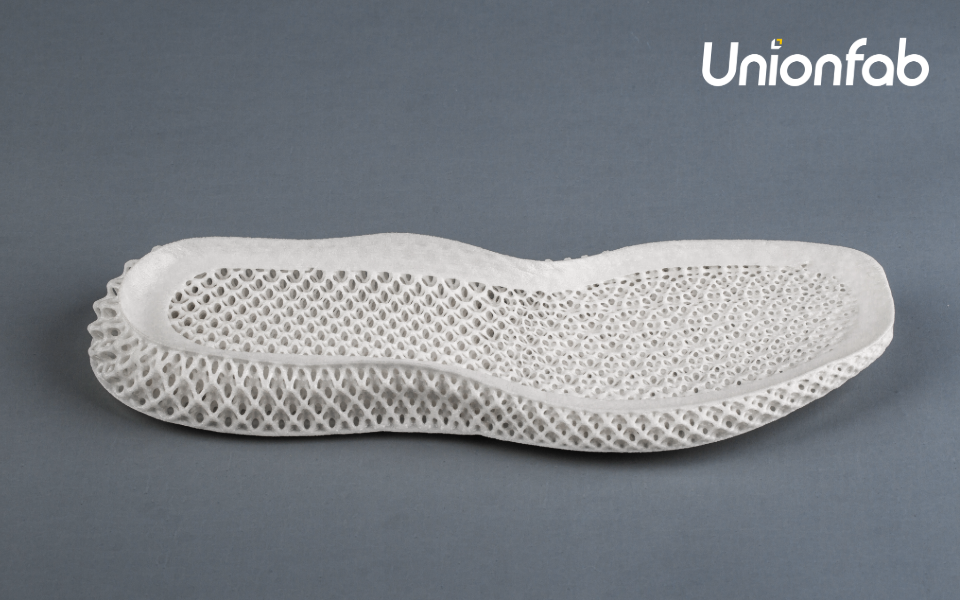
Source: Unionfab
As 3D printing with TPU filament becomes more popular, it is important to understand any potential health risks.
Printing Fumes and Particles
When melted during extrusion-based 3D printing, TPU releases very minimal volatile organic compounds or other fumes. Any microscopic particles emitted are considered non-toxic according to studies.
Compared to Other Filaments
TPU poses much less risk than printing with PLA or ABS filaments, which may release ultra-fine particles and volatile organic compounds above safe limits without proper ventilation. TPU presents negligible hazards in this regard.
Safe Printing Practices
As with any material, consumers should follow basic safety procedures like printing in a well-ventilated area and avoiding direct inhalation of any fumes. However, TPU does not become inherently toxic during the 3D printing process.
Finished Print Safety
Once printed objects have been allowed to fully cure and exchange gases, long-term handling carries no toxicity concerns. TPU parts can be safely utilized without risks to health.
In summary, TPU filament can be 3D printed without worrying about materials becoming dangerously toxic, especially when following standard safety protocols for any filament-based printing.
Why is TPU Popular?
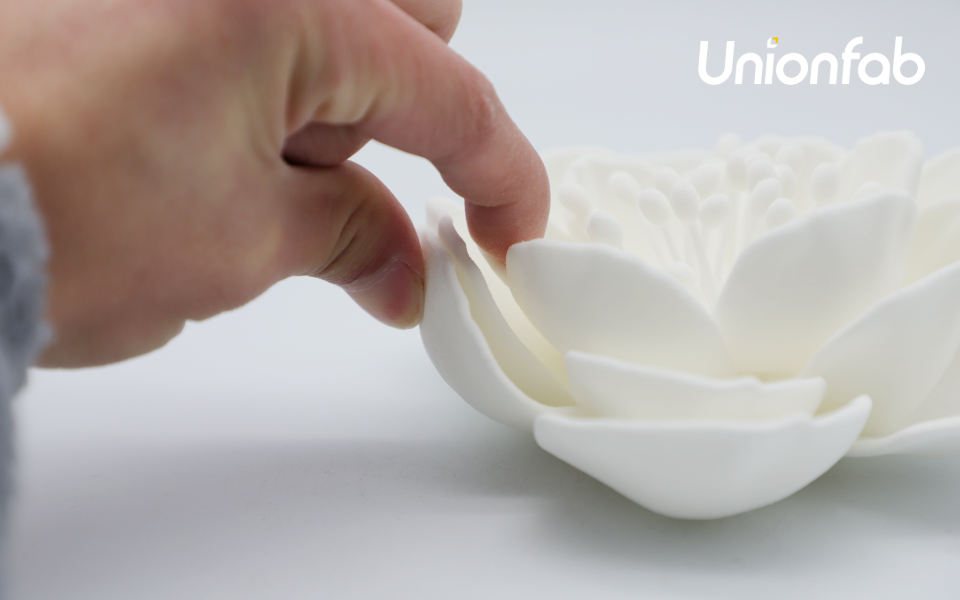
Source: Unionfab
There are a few key reasons why TPU has become such a popular material:
Flexibility - Due to its elasticity, TPU can be stretched and bent without cracking or breaking like more brittle plastics. This flexibility makes it suitable for applications that require shock-absorption or items that will experience bending and flexing.
Strength - While flexible, TPU is still quite tough and tear-resistant. It maintains its shape well but has enough give to avoid snapping under pressure. This allows it to be used for parts that need to withstand wear and abrasion.
Biocompatibility - TPU is classified as biocompatible, meaning it can be safely used for applications involving contact with skin or other tissues. Due to this, it is commonly used in medical devices and personal protective equipment.
Non-Toxic - TPU does not contain harmful chemicals like phthalates or BPA that are found in some plastics. It can be safely handled without risk of toxic exposure. This opens up its use for anything from children's toys to food contact applications.
TPU in Everyday Products: Is It Safe?
As TPU is utilized widely in consumer goods, it's important to understand its safety profile for prolonged use.
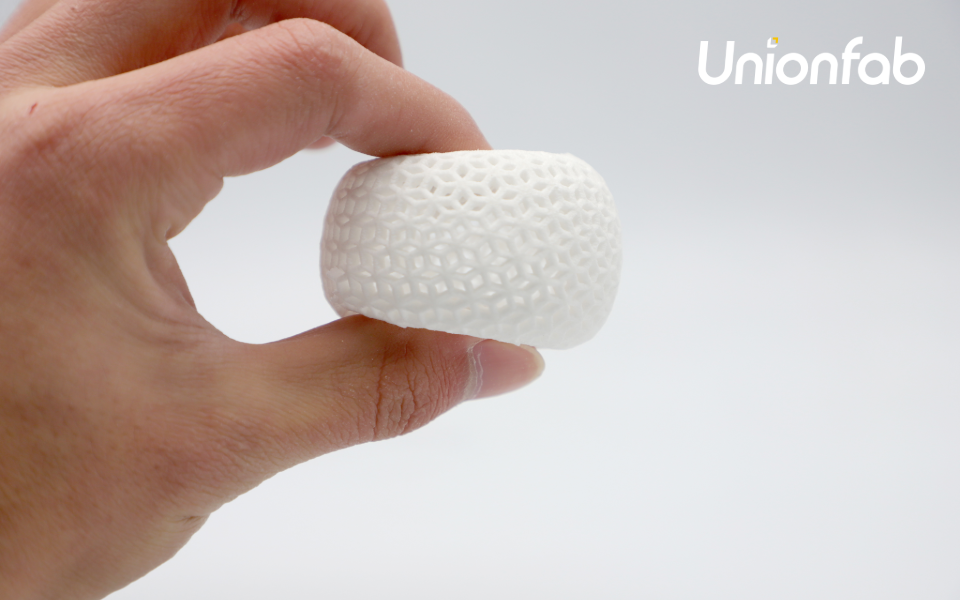
Source: Unionfab
Common Product Applications
TPU is non-toxic and poses no known risks in common items like phone cases, shoes, clothing, and toys that have direct skin contact.
Long-Term Exposure
Extensive medical research has been conducted on product types containing TPU. No adverse health effects have been linked to prolonged usage over the lifespan of these goods.
Following Manufacturing Standards
All consumer goods are made adhering to material safety regulations. TPU manufacturers carefully remove impurities to keep products non-allergenic.
Conclusion
In summary, TPU is generally considered a safe material for 3D printing and everyday products. Its unique chemical structure allows it to be both flexible and durable, while also exhibiting low toxicity.
Extensive testing has shown TPU meets biocompatibility standards and does not pose health risks from normal use or prolonged skin contact. While all materials require proper handling,
TPU can be utilized widely in consumer and industrial applications according to manufacturing guidelines without severe risks to human health.
Explore TPU 3D Printing with Unionfab’s Expert
Ready to explore TPU for your 3D printing projects?
At Unionfab, we offer high-quality TPU material and custom 3D printing services to help you bring your designs to life with confidence.
Contact us today or get an instant quote to start your next 3D printing venture!

